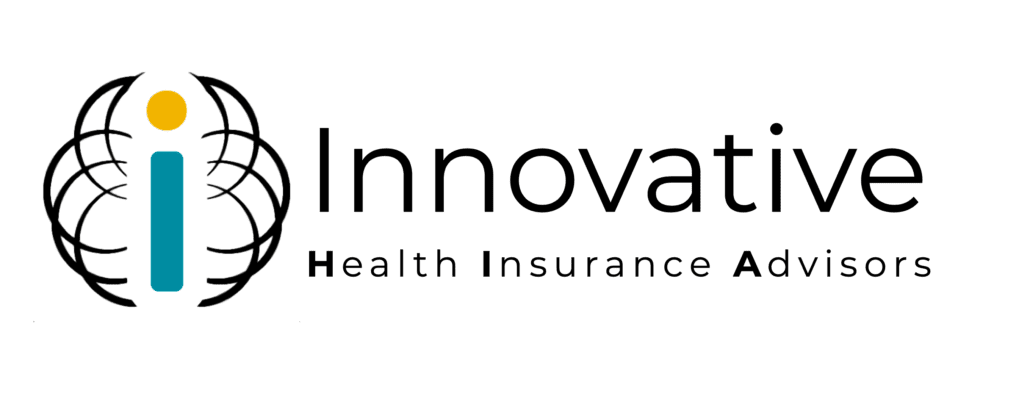What is MEC and What Does It Cover?
Understanding Minimum Essential Coverage (MEC) can be complicated when compared to minimum value, essential health benefits, and actuarial value.
Let’s start by answering: what is it and what does it cover? Minimum Essential Coverage is a plan that meets the Affordable Care Act (ACA) requirements for health coverage. Some of these programs include:
- Marketplace plans
- Job-based plans
- Medicare
- Medicaid
All applicable large employers (ALEs) with 50 or more full-time or full-time equivalent employees are required by law to provide ACA-compliant health coverage to their employees. ALEs who do not provide coverage ACA-compliant coverage are subject to fines and penalties from the Internal Revenue Service.
What Are the Minimum Essential Coverage Option Levels Available?
There are three different plan options available. Understanding the difference between the three helps employers decide which MEC plan is best for their employees.
- Standard MEC plans are ACA compliant and include coverage for wellness, preventative services, prescription discounts, and telehealth services.
- Enhanced MEC plans take coverage one step further than standard plans and are aimed at attracting and retaining top talent by also including primary and urgent care visits with low copays, and discounted specialist and laboratory services.
- The highest-level MEC plans include the enhanced MEC plan benefits along with added coverage such as prescription coverage and low copays.
What Do Minimum Essential Coverage Plans with Hospital Indemnity Cover?
The goal of worksite MEC plans is to provide affordable healthcare coverage for the average person. MEC plans with added hospital indemnity policies can offset high deductibles and full out-of-pocket expenses so that an emergency does not become a financial crisis. The 10 health benefits they include are:
- Ambulatory Patient Services (outpatient services)
- Emergency Services
- Hospital Visits
- Maternity and Newborn Care
- Pediatric Services (including oral and vision)
- Mental Health and Substance Use Disorder Services (including behavioral health treatment)
- Prescription Drugs
- Rehabilitative and Habilitative Services and Devices
- Laboratory Services
- Preventative and Wellness Services and Chronic Disease Management
How Much Do You Save With MEC?
ALEs who fail to provide 95% of their full-time employees with ACA-compliant benefits are subject to high fines and penalties. Use our calculator to find out how much your business can save by providing Minimum Essential Coverage benefits while staying compliant with federal regulations.
Use our MEC Benefits calculator to see how much your business can save by offering MEC coverage.
What is the Difference Between MEC and Minimum Value?
Minimum value is a higher threshold than MEC. Minimum value is when a plan pays 60% of the actuarial value of allowed benefits under the plan. If a large employer offers benefits and meets Minimum Essential Coverage requirements, but they do not meet the minimum value, they meet the ACA employer requirements.
MEC and Essential Health Benefits
Essential health benefits are the core benefits that “qualified health plans” must cover. MEC also has a lower threshold than essential health benefits. If a group health plan doesn’t provide all of the benefits under essential health benefits, the coverage will likely meet Minimum Essential Coverage, so companies will be ACA-compliant.
Why is it Important to Understand the Differences?
Each of these coverage specifications is important to ensure large employers provide proper coverage to their employees. As an employer, you must understand your legal liability in providing benefits, as well as understanding what coverage you need to offer your employees to give them the best options and ensure compliance with the ACA.
Curious why offering health insurance to your employees is so important? It encourages and promotes a healthier, happier, and stronger workforce. Read our article that explains why healthy employees improve work productivity here.









